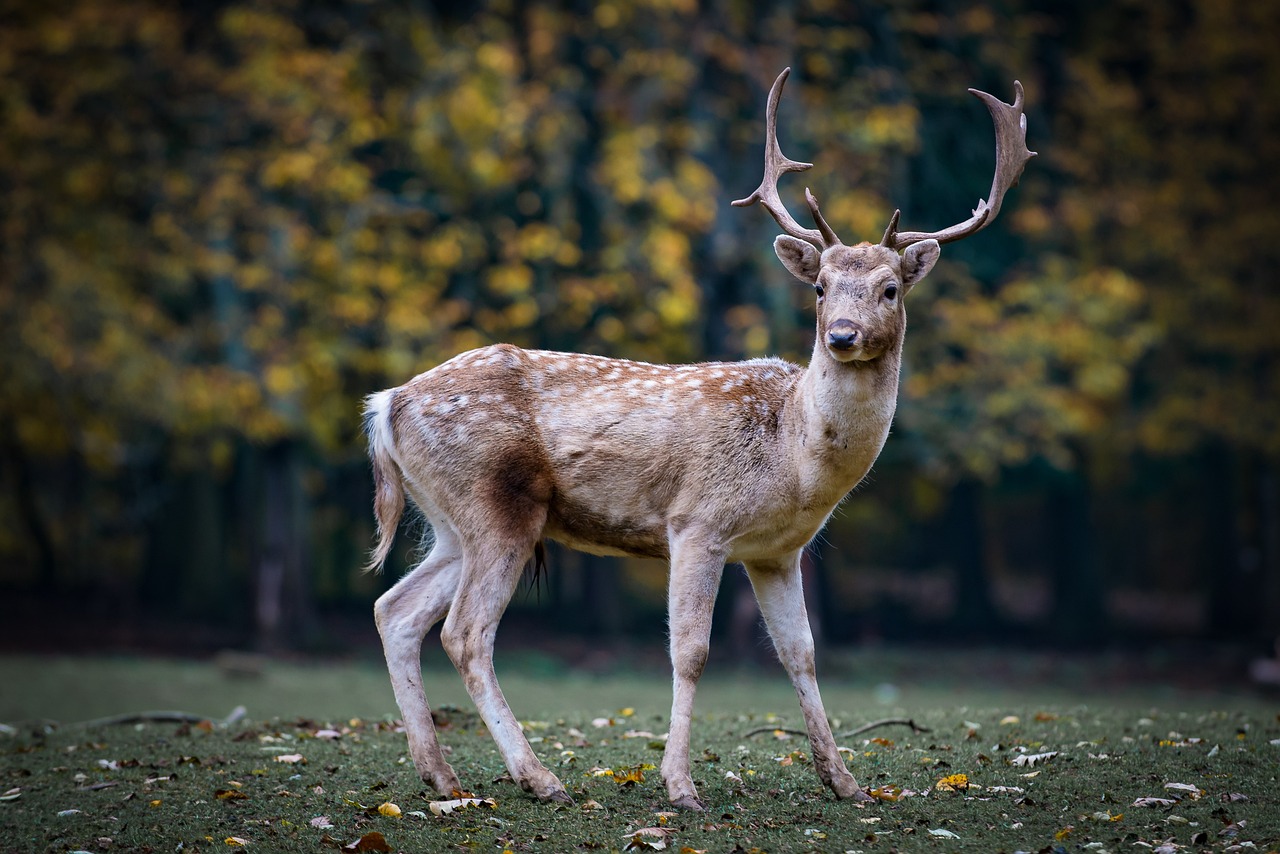Chronic Wasting Disease: Unraveling the Enigma Threatening Wildlife
Chronic Wasting Disease (CWD) is a fatal neurodegenerative disorder that primarily affects deer, elk, and moose. First identified in the late 1960s in captive mule deer in Colorado, CWD has since spread across North America and has become a growing concern for wildlife management and conservation. This article delves into the intricacies of Chronic Wasting Disease, exploring its origins, transmission, impact on ecosystems, and the ongoing efforts to manage and understand this enigmatic threat. Chronic Wasting Disease
Origins and Spread:
CWD belongs to the family of diseases known as transmissible spongiform encephalopathies (TSEs), which also includes diseases like Mad Cow Disease in cattle and Creutzfeldt-Jakob Disease in humans. The causative agent is believed to be prions, misfolded proteins that trigger the misfolding of normal cellular proteins, leading to the accumulation of abnormal protein deposits in the brain.
The disease first emerged in confined populations of captive deer and elk, and it wasn’t long before it began spreading to wild populations. The exact mechanisms of transmission are still not fully understood, but it is believed to occur through direct contact between infected and healthy animals, as well as through environmental contamination with prions shed in bodily fluids and excreta. This makes CWD Chronic Wasting Disease particularly challenging to control and manage.
Symptoms and Effects on Wildlife:
CWD is characterized by a slow, progressive deterioration of the brain and nervous system, leading to weight loss, abnormal behavior, lack of coordination, and, ultimately, death. Infected animals may exhibit excessive salivation, drooping ears, and an emaciated appearance. The prolonged incubation period of the disease, which can last for years, further complicates detection and control efforts.
The impact of CWD on wildlife populations goes beyond individual animals. As the disease spreads, it can lead to population declines, affecting the overall health and dynamics of ecosystems. Weakened and emaciated animals become easy targets for predators, disrupting natural predator-prey relationships. Moreover, the potential long-term effects on genetic diversity within affected populations raise concerns about the resilience of these species in the face of other environmental challenges. Chronic Wasting Disease
Geographical Spread and Concerns for Conservation:
CWD has now been identified in wild deer and elk populations in multiple U.S. states and Canadian provinces. The disease has also been reported in other countries, including Norway, South Korea, and Finland, raising international concerns about its potential global impact on cervid populations.
One of the main challenges in managing CWD is its ability to persist in the environment. Prions are incredibly resilient and can remain infectious in soil and vegetation for extended periods, making it difficult to eradicate the disease from affected areas. The movement of infected animals, both natural and human-assisted, further contributes to the geographical spread of CWD. Chronic Wasting Disease
Conservationists worry that CWD could lead to declines in deer and elk populations, impacting ecosystems that rely on these species for ecological balance. Additionally, the potential economic repercussions for hunting and wildlife-related industries are substantial, as decreased populations could lead to reduced hunting opportunities and associated revenue.
Human Health Concerns:
While there is currently no direct evidence that CWD can infect humans, concerns about the potential transmission of prions to humans persist. The World Health Organization (WHO) and the Centers for Disease Control and Prevention (CDC) recommend avoiding the consumption of meat from CWD-infected animals as a precautionary measure. Research on the potential for cross-species transmission is ongoing, highlighting the need for continued vigilance and research in this area. Chronic Wasting Disease
Management Strategies:
Efforts to manage and control CWD are multifaceted and include a combination of surveillance, research, and regulatory measures. Wildlife agencies and researchers employ various strategies to monitor the spread of the disease, such as testing harvested animals, implementing movement restrictions, and establishing containment zones.
Selective culling, or targeted removal of infected individuals, has been used in some areas to reduce the prevalence of CWD. However, the efficacy of culling as a long-term solution is debated, as it may lead to unintended consequences such as increased movement of deer and elk and disruption of social structures within populations.
Chronic Wasting Disease
Research into the development of vaccines or treatments for CWD is ongoing, but as of now, there is no cure or preventive measure available. The complex nature of prion diseases poses significant challenges in developing effective interventions.
Public Awareness and Stakeholder Engagement:
Public awareness and stakeholder engagement are crucial components of CWD management. Informing hunters, landowners, and the general public about the risks associated with CWD and the importance of complying with regulations helps build a collaborative approach to disease management. Chronic Wasting Disease
In some regions, hunters are encouraged to submit harvested animals for testing, providing valuable data for surveillance efforts. Public outreach campaigns also aim to dispel misinformation and promote responsible practices, such as proper disposal of carcasses to prevent environmental contamination.
Research Frontiers:
The scientific community continues to explore various aspects of CWD to deepen our understanding of the disease and develop effective management strategies. Ongoing research focuses on the genetics of susceptibility, environmental persistence of prions, and potential cross-species transmission risks.
Advances in diagnostic techniques, such as the development of more sensitive tests for early detection of CWD, are essential for improving surveillance efforts. Additionally, understanding the ecological factors that influence the spread of the disease can inform targeted interventions to mitigate its impact. Chronic Wasting Disease
Conclusion:
Chronic Wasting Disease represents a complex and multifaceted challenge for wildlife management and conservation. As the disease continues to spread, the need for collaborative efforts among researchers, wildlife agencies, hunters, and the public becomes increasingly urgent. While the scientific community works towards a deeper understanding of CWD and potential interventions, proactive measures, such as surveillance, public awareness, and responsible hunting practices, are critical in mitigating the impact of this enigmatic threat on wildlife populations and ecosystems.
Chronic Wasting Disease
